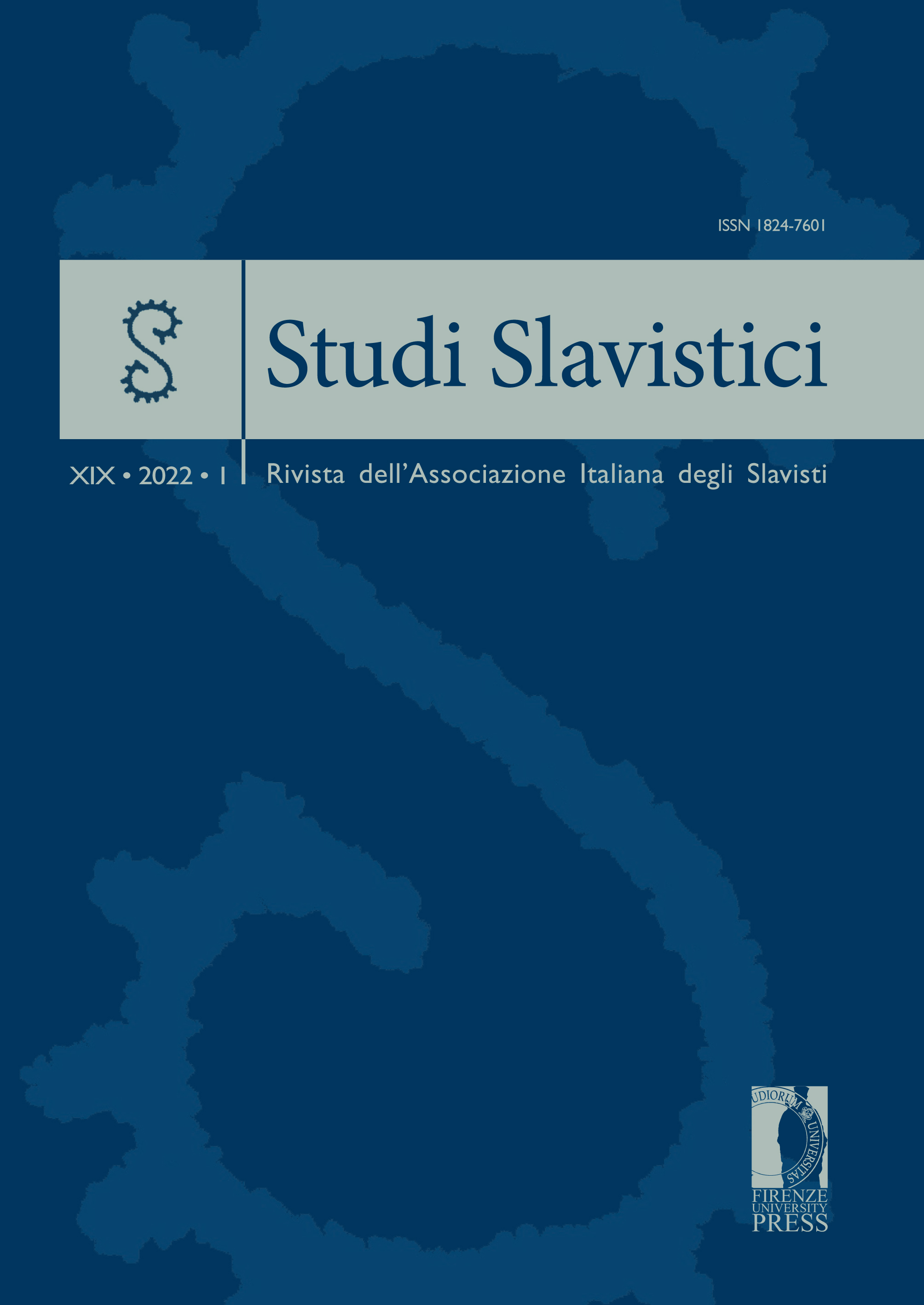Published 2022-05-28
Keywords
- Old Church Slavic Gospels,
- Loanwords,
- History of Old Church Slavic,
- Greek Influence in Old Church Slavic,
- Latin Influence in Old Church Slavic
- Germanic Influence in Old Church Slavic ...More
Abstract
Graecisms make up the majority of loanwords in the earliest Slavic Gospels, while more than 70% of the same graecisms appear also in the Latin Bible. During mass, the Slavic Gospel was to be recited after the Latin one in the ecclesiastical organisation of St. Methodius, therefore the lexicon of the Latin Bible must have served as one of the models of the earliest Slavic Bible, which also concerns its graecism. The lexemes of western Germanic and Latin origin make up a much lesser group of loanwords in Slavic Gospels in comparison to graecisms. However, they are as archaic as graecisms and thus are a testament to the earliest text of the Slavic Gospel which originated in Great Moravia and has not survived. Turkic loanwords are not numerous in the earliest Slavic Gospels, though they appear more often in the younger versions along with secondary graecisms. The variation of loanwords in the redactions of Slavic Gospels shows the historical path of Old Church Slavic from the central european areas of Great Moravia and the Pannonian principality to the south of the Slavic world.


